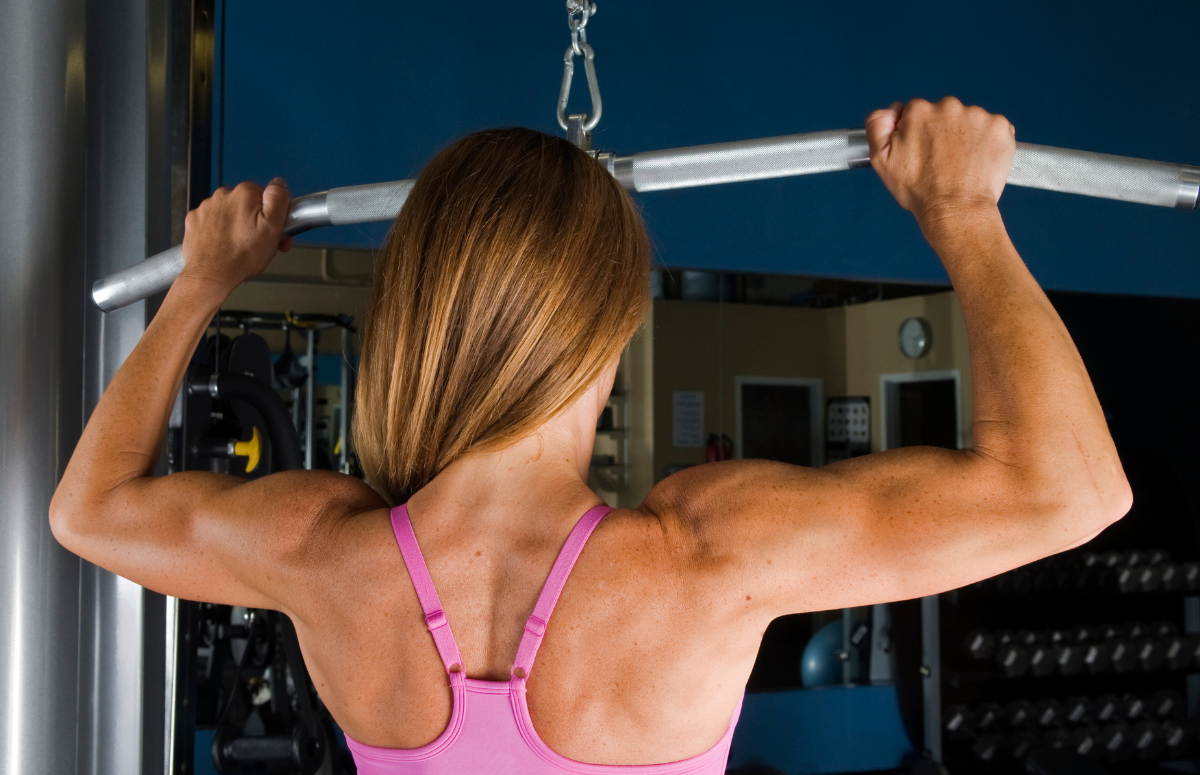My Physical Therapist Taught Me Proper Exercise Form and Why It’s Important
Our articles generally discuss the latest peer-reviewed research, including in the area of exercise training, an important element of Functional Medicine. For this piece, I’m focusing on my own training experiences — which have been both enlightening and somewhat disappointing — in hopes of helping you from making the same mistakes.
I have worked out for most of my life. In my teenage and college years, I took on weightlifting with no guidance at all. Over the years, I have used a Bowflex, free weights, a Power Plate, and a rowing machine. I have been emphasizing resistance training of late, using my body weight, yoga, and Pilates. The extent of my education in these activities has been watching a few DVDs, but I’ve never had any professional training.
Through much of this, I faced a challenge: About 20 years ago, I suffered a left shoulder injury that severely limited my range of motion and what exercises I could do. Pushups, for instance, are a foundational part of calisthenics as they require no equipment and can be done nearly anywhere, but I couldn’t persevere through them. Bench dumbbells or barbell presses, which are also fundamental exercises, have also been off-limits for me.
Being a longtime medical practitioner, I had learned the value of physical therapy – including in stroke and orthopedic rehab – and the important part lymphedema therapists play in follow-up care for breast cancer treatment.
I started with physical therapy in 2005, and when I reinjured my shoulder, I decided to use a therapist again – and he’s done wonders during my rehab process and beyond. Without physical and occupational therapy in my life, my shoulder mobility would be even more limited.
The “enlightening” and “disappointing” part of the experience has been my introduction by my therapist to the gym. He helped me quickly realize that I was making many mistakes working out, and it was hindering my fitness progress.
For instance, I had never actually performed an anatomically correct lat pulldown. That may bring a chuckle to those of you who work out regularly, and just a few weeks ago, it would have seemed funny to me too. But I quickly learned that I wasn’t doing a proper lat pulldown, being in the correct anatomical position to “activate” the lats, instead of just simply pulling the bar down. When I was doing the exercise incorrectly, my brain was sending me a signal to pull the bar down, and many muscles, including those I had injured, tried to accomplish the task. It hurt, a great deal. But when my anatomical positioning was corrected by my therapist, the pain went away and I could feel my lats being “activated” in a way I had never experienced before.
My therapist was literally by my side, helping me move through each exercise and stretch, showing me how to do them using the proper form, and explaining why. I’m even learning to work out more effectively by using less weight, and in the process, I’m getting better results while reducing my risk of getting injured.
I told my therapist that I hadn’t sought out a trainer recently because I thought, “I wasn’t in good enough shape to seek help from a professional.” He told me it’s an excuse, and an incredibly uninformed one, that he hears way too often.
I look at it this way: We are not born knowing how to swim or play soccer, or play poker. We don’t have inherited knowledge of how to bake a cake, master the piano or perform surgery. These skills require training, from the right teacher or expert, and practice. Training our bodies requires the same education and practice needed for other skills and activities we take on. DVDs and YouTube can be great sources of information, but they can’t replace the human element of a trainer, who can give you feedback and correct any mistakes that can hinder or prevent you from reaching your physical goals.
The bottom line is: Whatever your level of fitness or knowledge of training, you can always continue to learn. If you’re just starting on your fitness journey, don’t make the common mistake that I made: Thinking you need to get in shape to learn. Learning the training process correctly is safer, reaps more benefits, and helps keep us accountable.
Be well!
For more reading, check out these fitness-related articles, and others, in our Learning Centre:
More Small Steps to a Healthy You
No Time to Exercise: Here Are 4 Ways to Fit It Into Your Day













